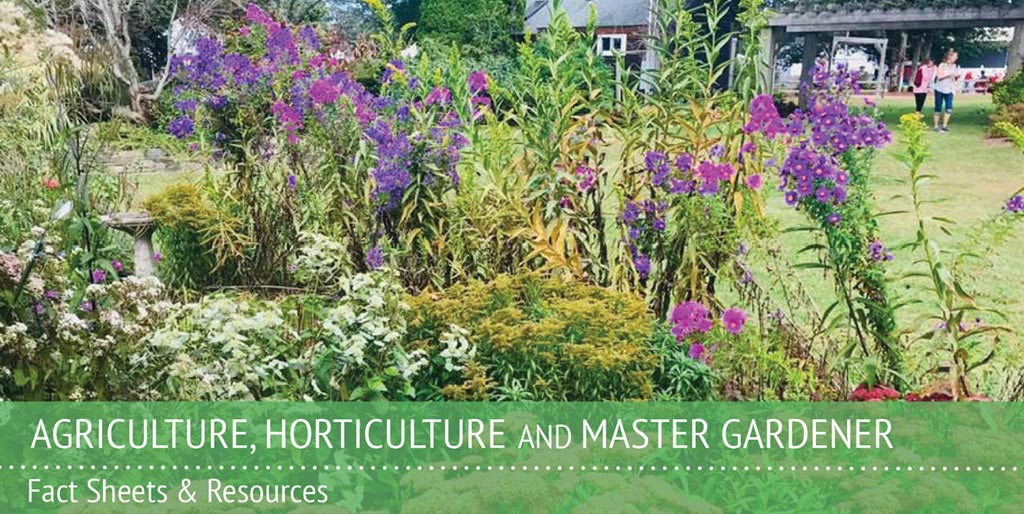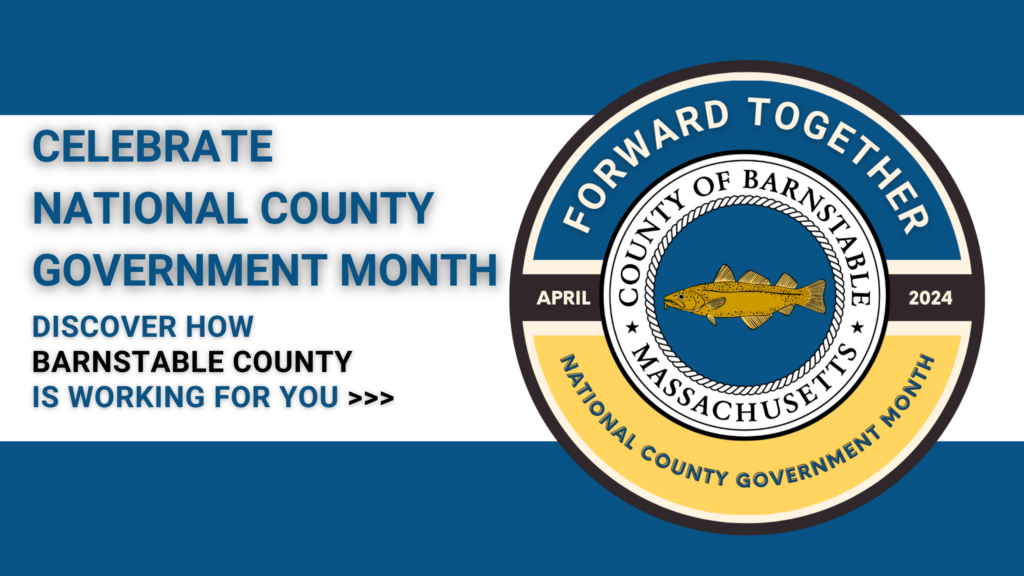
Fact Sheets

Trees
- Colored Bark Mulch
- Comparing Production Systems for New England Nurseries
- Efficient Outdoor Watering
- Fall Cleanup Hazards
- Fall Color in New England
- Fall Maintenance Practices for Landscapes
- Fall Planting for Trees and Shrubs
- Fall Plantings, Successful Care
- Fertilizing Trees and Shrubs
- Guidelines for Planting Trees and Shrubs
- Helping Trees to Manage Stress
- Indoor and Outdoor Residential Water Conservation Checklist
- Inspection of Storm Damaged Trees
- Irrigation Systems and Trees
- Managing Soil Structure for Water Conservation in the Landscape
- Measuring Soil Moisture
- Mulching and Weed Management in the Urban Landscape
- Nutrient Management for Ornamentals
- Overwintering Container-Grown Ornamentals
- Planting and Maintaining Trees and Shrubs
- Pruning Blueberries
- Pruning Needled Evergreens
- Pruning Neglected Apple Trees
- Sour Mulch
- The Role of the Irrigation Audit in Water Conservation
- Trickle Irrigation
- Water Conservation in the Home Garden and Landscape
- Why Hydranagea macrophylla Don’t Flower
- Yard Waste Management in Massachusetts
- Arborvitae Needle Blight
- Beech Bark Disease
- Beech Leaf Disease
- Brown Rot of Stone Fruits
- Coral-spot Nectria Canker
- Dieback of Eastern White Pine
- Oak Anthracnose
- Phomopsis Canker
- Phyllosticta Leaf Blotch
- Root and Butt Rot caused by Bondarzewia berkeleyi
- Root and Butt Rot caused by Kretzschmaria deusta
- Root and Butt Rot caused by Phaeolus schweinitzii
- Root and Butt Rot Pathogens of Oak (Quercus spp.)
- Stigmina Needle Cast
- Tar Spot of Maple
- Target Canker of Hardwoods
- Trunk Rot caused by Climacodon septentrionalis
- Tubakia Leaf Blotch
- Black Oak Gall Wasp
- Information Regarding Ticks and Tick-Bourne Diseases
- Protecting Pollinators from Pesticide Exposure While Managing Insect Pests in Landscapes
- Scouting for Defoliating Pests of Trees and Shrubs
- Scouting for Piercing-Sucking Pests of Trees and Shrubs
- Spotted Lanternfly
- Tree and Shrub Insecticide Active Ingredients: Alternative to Neonicotinoids
- Tree and Shrub Insecticide Active Ingredients: Risks to Pollinators and Other Non-Target Organisms
Lawn
- Compaction and Cultivation
- Drop Spreader Calibration Procedures
- Growing Turf Under Shaded Conditions
- Lawn Mowing
- Management of Compaction: Coring
- Rotary Spreader Calibration Procedures
- Soil pH and Liming
- UMASS Extension’s Best Management Practices for Lawn & Landscape Turf
- Understanding a Turf Fertilizer Label
- The USDA Plant Hardiness Zone Map – Changes in the 2012 Edition
- What is Thatch?
- Arborvitae Needle Blight
- Beech Bark Disease
- Brown Rot of Stone Fruits
- Coral-spot Nectria Canker
- Dieback of Eastern White Pine
- Oak Anthracnose
- Phomopsis Canker
- Phyllosticta Leaf Blotch
- Root and Butt Rot caused by Bondarzewia berkeleyi
- Root and Butt Rot caused by Kretzschmaria deusta
- Root and Butt Rot caused by Phaeolus schweinitzii
- Root and Butt Rot Pathogens of Oak (Quercus spp.)
- Stigmina Needle Cast
- Tar Spot of Maple
- Target Canker of Hardwoods
- Trunk Rot caused by Climacodon septentrionalis
- Tubakia Leaf Blotch
- A Guide to Weed Life Cycles
- Annual Grassy Weed Control for Lawns
- Biology and Management of Crabgrass
- Broadleaf Plantain in Lawns
- Buckhorn Plantain in Lawns
- Common Blue Violet in Lawns
- Common Chickweed in Lawns
- Crabgrass Management: Homeowners Options
- Dandelions in Lawns
- Ground Ivy in Lawns
- Speedwells in Lawns
- White Clover in Lawns
Vegetables
- Companion Planting in the Vegetable Garden
- Container Gardening with Vegetables
- Disease Management in the Home Vegetable Garden Chart
- Fall in the Vegetable Garden
- Fertilizing Guidelines
- Fertilizing the Vegetable Garden
- Mulch: Using Colored Plastic Mulches in the Vegetable Garden
- Organic Fertilizers for the Garden
- Planning a Vegetable Garden
- Planting a Vegetable Garden
- Problem Soils
- Raised Beds
- Season Extenders
- Seed Saving
- Soil Lead: Testing, Interpretation, & Recommendations
- Starting Seeds Indoors
- Starting Seeds Indoors: Caring for Your Seedlings
- Vegetable Planting Chart
- Water Conservation in the Home Garden and Landscape
- What is Organic Gardening?
- What’s Eating My Vegetables?
- Asparagus
- Carrots
- Cover Crops
- Cucumbers
- Easy Herbs
- Garlic
- Growing Garlic: Getting Started
- Growing Herbs
- Growing Tomatoes
- Heirloom Vegetable Varieties
- Herb Preservation
- Melons
- Onions and Related Crops
- Peas
- Peppers
- Pumpkins and Squash
- Rhubarb
- Root Crops
- Summer Squash
- Sweet Corn
- Tomato Growing I
- Tomato Growing II
- Tomatoes: Ten Tricks for Growing Better Tomatoes
Flowers
Fruit
- Container Gardening with Fruit
- Fertilizing Guidelines
- Fruit Trees: Failure to Bear Fruit
- Maintenance of Fruit Plantings: Preparing for Winter
- Maintenance of Fruit Plantings: Spring Tasks
- Managing Earwigs and Slugs
- Pruning Fruit Tree Basics
- Pruning Fruit Trees: Rules of Shoot Growth
- Tree Fruit: Determining the Optimum Time to Harvest
- Trellis Construction to Grow Fruit
Pollinators
- Cape Cod and New England Native Plants for Pollinators
- Cape Cod and New England Pollinator Plants Bloom Time
- Pollinators in the Landscape I: Importance of Pollinators and Causes of Decline
- Pollinators in the Landscape II: Plants and Pollinators
- Pollinators in the Landscape III: Creating and Maintaining Pollinator Landscapes
- Protecting Pollinators from Pesticide Exposure While Managing Insect Pests in Landscapes
- For more info, visit Cape Cod Pollinator Pathways at Cape Cod (pollinator-pathway.org)
Resilient Gardening and Landscaping
Below are many resources that can help guide you to irrigate effectively with conservation in mind but can also help you build a more resilient landscape to periodic droughts.
- Long-term Drought Effects on Trees and Shrubs
- Water Conservation in the Home Garden and Landscape
- Efficient Outdoor Watering
- hIndoor and Outdoor Residential Water Conservation Checklist
- Managing Soil Structure for Water Conservation in the Landscape
- Measuring Soil Moisture
- The Role of the Irrigation Audit in Water Conservation
- Trickle Irrigation
- Landscaping to Conserve Water



